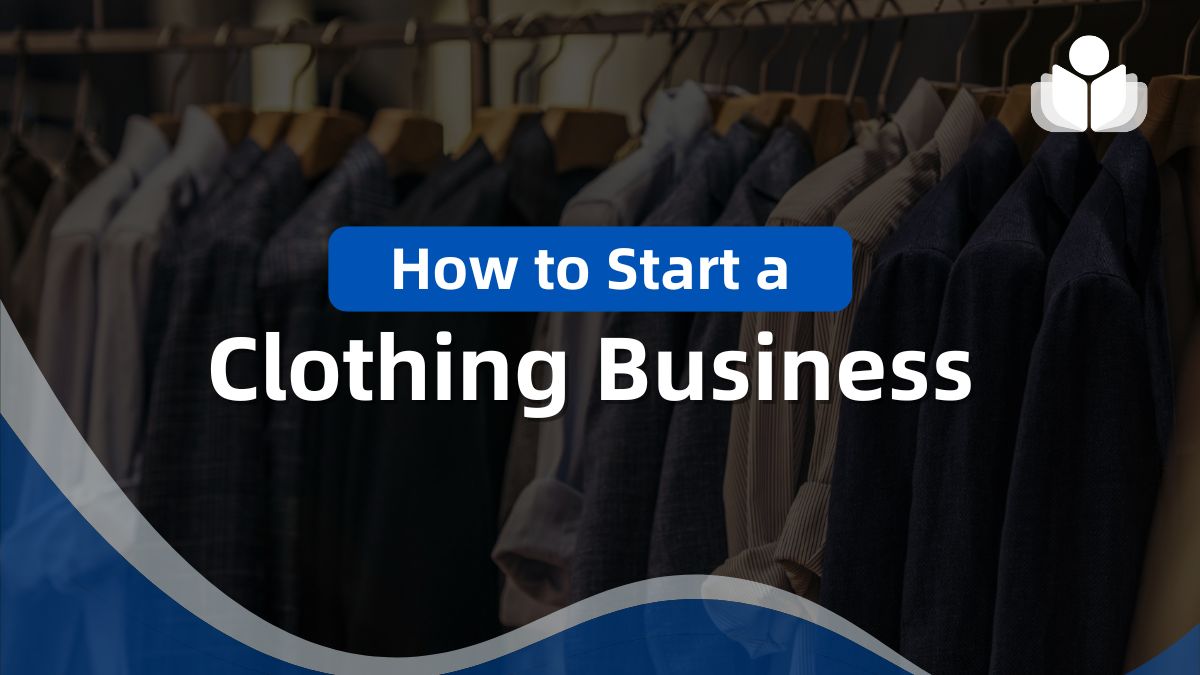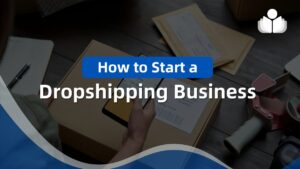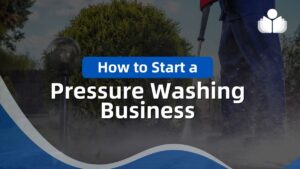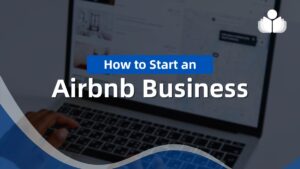Are you dreaming of launching your own fashion empire? There’s no better time than now to enter the online clothing business.
The scene’s on fire, folks! Data from Statista says the retail e-commerce world was buzzing at $102.5 billion, and, hold onto your hats, it’s predicted to skyrocket to $153.6 billion by 2024. That’s a whopping 50% growth in just a snap!
Sure, kicking off your venture sounds daunting. And yup, it’s a heap of work. Yet, the payoff can be sweet if you’re game to grind, invest the hours, and pour your heart into it.
So, why use this guide with savvy tips and tricks on launching and flourishing in the clothing game? We’re laying down ten killer steps to get your label up and rocking. Let’s roll!
>> Launch Your Clothing Business Today! >>
How to Start a Clothing Business in 10 Steps
- Spot a Gap in the Market
- Pin Down Your Crowd
- Draft Your Fashion Biz Blueprint
- Get Cracking on Designs
- Brand Your Biz and Build Your Assets
- Make It Official: Register Your Business
- Partner Up with a Manufacturer
- Tag Your Prices
- Kick Off Your Marketing Magic
- Get Your Creations Out There
1. Identify a Need in the Market
You might already have many cool business ideas for what to sling, which is ace! But hold your horses. A top reason new biz owners tank? No one digs what they’re peddling. It’d be a bummer if you mastered starting your fashion line but didn’t hit the success jackpot.
That’s where diving deep into market research comes in handy. Loads of tools are free and paid to help confirm the demand for your threads.
Market research splits into two flavors: primary, where you collect the dirt yourself, and secondary, where you snag insights from folks who’ve already done the legwork, like the pros at Nielsen, NPD, and MarketResearch.com.
This is a heads-up, though: shelling out for research reports can burn a hole in your wallet. If you’re stretching your own cash to cover startup costs, consider doing primary research on your own.
Here are a few ways to get the scoop directly from the source:
- Explore Google Trends to spot items that are consistently popular or trending upward.
- Investigate Facebook Analytics to uncover potential customers’ preferences, interests, and behaviors or your target audience (more details to follow).
- Analyze your competitors in the online clothing market to understand customer preferences and pain points, especially focusing on negative feedback—this is your opportunity to offer solutions!
>> Start Your Fashion Business Now! >>
2. Identify Your Target Audience
Identifying a need and pinpointing your target audience is crucial. They’re the specific folks who’ll crave your products.
These are the people you’ll engage with daily. The more you grasp who they are, the better your chances of winning and keeping them as customers. You must get your target audience to kickstart a killer online clothing store.
Dig deep into research until you get a solid grip on both the demographics and psychographics of your target audience:
- Demographics: Think age, gender, income, marital status, geographic location, and more.
- Psychographics: Dive into their likes, dislikes, hobbies, lifestyle habits, shopping behaviors, the brands they love, the challenges they face, and how your offerings can be their solution.
When figuring out who your audience is, consider these questions:
- Who are they?
- What brands do they adore?
- Do they feel a connection to specific labels?
- Where do they prefer to shop?
- How frequently do they purchase new items?
- Are trends important to them?
- What’s their budget like?
- What drives their purchase choices?
Addressing these queries will give you a clearer view of your target audience. This insight will allow you to strategically shape your brand, craft products they’ll love, and position your offerings where your potential customers can easily find them.
>> Open Your Clothing Store With Tailor Brands >>
3. Write Your Clothing Line Business Plan
Launching a clothing line involves considerations similar to those of any business venture. What’s the startup cost? When should you seek funding? What external expertise will you need for legal, financial, production, and distribution challenges?
Where and how will your garments be made? Let’s explore these questions.
Fashion Brand Business Models
This guide is for those eager to craft their clothing brand and collections. If the fashion industry intrigues you, but the design isn’t your forte, consider reselling through wholesale purchases or exploring dropshipping.
For the designers starting from scratch, this is where you decide the nature of your business. This choice will shape your investment in time, effort, and money. Here are a few business models you might consider:
- Hand production: Craft and sell your unique designs directly to consumers via your website, online marketplaces, or local markets and pop-up shops.
- Manufacturing partner: Develop collections and produce garments with a manufacturing partner, then sell your line wholesale to other retailers.
- Print on demand: Create designs for repeating patterns or graphics, apply them to blank apparel using a print-on-demand service, and sell the finished products online through your store.
Choosing a Business Type and Structure
In your business plan, you’ll also define your clothing line’s business structure. You might opt for a sole proprietorship, a corporation, or something.
If ethical production and sustainable practices are at the core of your vision, think about pursuing B Corp certification. This status signals to eco-conscious consumers that your business is dedicated to sustainability.
>> Start Using Tailor Brands Now! >>
What Does It Cost to Start a Clothing Line?
If you’ve got a small business idea for your clothing line, you might fund it yourself and bootstrap it as you progress. Designing and creating made-to-order apparel means you won’t need heaps of inventory.
Yet, you’ll still face upfront investments in equipment and bulk fabric purchases to ensure cost-effectiveness. Other expenses include shipping materials, website launch fees, and marketing efforts.
If you aim to scale up and collaborate with manufacturers for production runs, be prepared for significant initial costs to meet their minimum order requirements. Crafting a thorough business plan and conducting a costing exercise are crucial to determining the funding you’ll need.
In any scenario, brace yourself for a sizeable upfront financial commitment. As Sarah puts it, “In fashion, you’re not just pricing out fabric and buttons and labor. You’re also accounting for shipping, heating, and rent.”
To raise the necessary startup capital, options include securing a business loan or crowdfunding your venture. However, the fashion world does offer a few low-budget avenues like consignment, drop shipping, and print-on-demand services.
Creating a Financial Plan
When courting investors or banks, they’ll scrutinize your financial strategy closely. Your business plan needs to include a detailed financial section outlining your budgeting approach, cash flow management, and expense tracking. It should also convincingly show a clear route to profitability.
Tip: Consider utilizing a business plan template when crafting your strategy for the clothing business. It can guide you through the crucial elements needed for a comprehensive plan.
>> Begin a Successful Clothing Venture! >>
4. Start Designing Your Clothing Line
Now comes the exciting part: let your creativity loose and design your masterpieces! When crafting your clothing line, keep these points in mind:
Keep a sketchpad on you at all times
Creativity can strike at any moment, make sure you’re always prepared to capture new ideas and inspirations as they come.
Don’t compromise on materials and overall product quality
Particularly when crafting a luxury line or boutique brand, your customers will quickly notice if you’re skimping on quality to cut costs.
It’s a great idea to create your samples
A deep understanding of the process will smooth out operations in your clothing business, especially when discussing costs with manufacturers. However, avoid getting so wrapped up in the technical details that they stifle your creativity and ability to design fresh pieces.
Start building your “tech pack” early
This basic information is what you’ll provide to your manufacturer when it’s time to produce your clothing line. Your tech pack should include technical specifications and product details such as measurements, materials, and accessories.
5. Name Your Brand and Create Brand Assets
If you still need to settle on a business name, now’s the time to pick one. Clothing business names run the gamut from Under Armour and ASOS to Banana Republic and Salt Life. You can name your business whatever you fancy.
Here are some tips to consider when naming your clothing business:
- Ensure it’s easy to pronounce and spell
- Opt for a name that’s catchy and sticks in people’s minds
- Think about how it sounds in other languages
- Verify if the domain name (like yourbusinessname.com) is available
Once you’ve chosen a name, you can add a slogan (this is optional), decide on a brand color scheme, and design your logo.
If you’re looking for a straightforward and budget-friendly logo creation tool, Canva offers a free service with various pre-designed logos you can personalize. Alternatively, you could have a logo professionally designed for as little as $5 on Fiverr.
>> Create Your Clothing Brand Today! >>
6. Register Your Business
After deciding on a brand name and assembling your brand assets, the next essential step is to register your business with your state.
It’s not the most exciting part of the process, but it’s crucial, even for new clothing businesses, as you’ll need an Employer Identification Number (EIN) to process product payments. Registering your business is also necessary for obtaining wholesale prices and partnering with retailers.
The specifics of registering your business will differ depending on your state, but generally, you’ll register with your state’s Secretary of State. Utilizing an LLC registration service can streamline this process.
They help you understand the terms and conditions and ensure your business entity is set up correctly, making the registration process smoother and less burdensome. To register your business as an LLC, consider using one of the recommended companies specializing in this service.
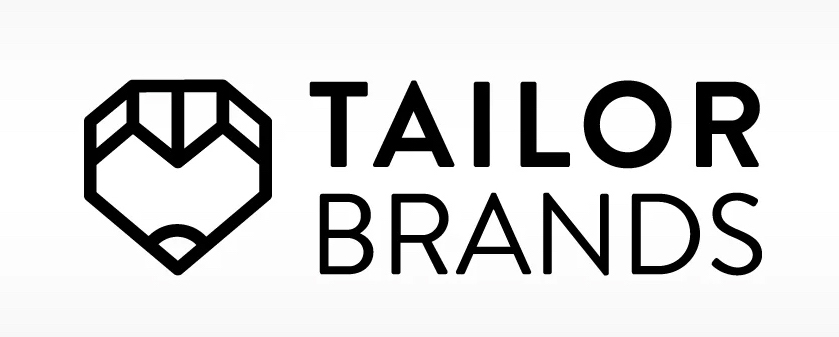
Tailor Brands offers an online business registration service that’s designed to be user-friendly, helping entrepreneurs quickly and effortlessly register their businesses. Their platform guides users through a clear, step-by-step process, covering all legal requirements and necessary paperwork to establish their business as a separate legal entity.
With Tailor Brands, users can secure a tax ID number, register for any required licenses and permits, and gain access to a variety of resources to ensure their business is well-prepared for success.
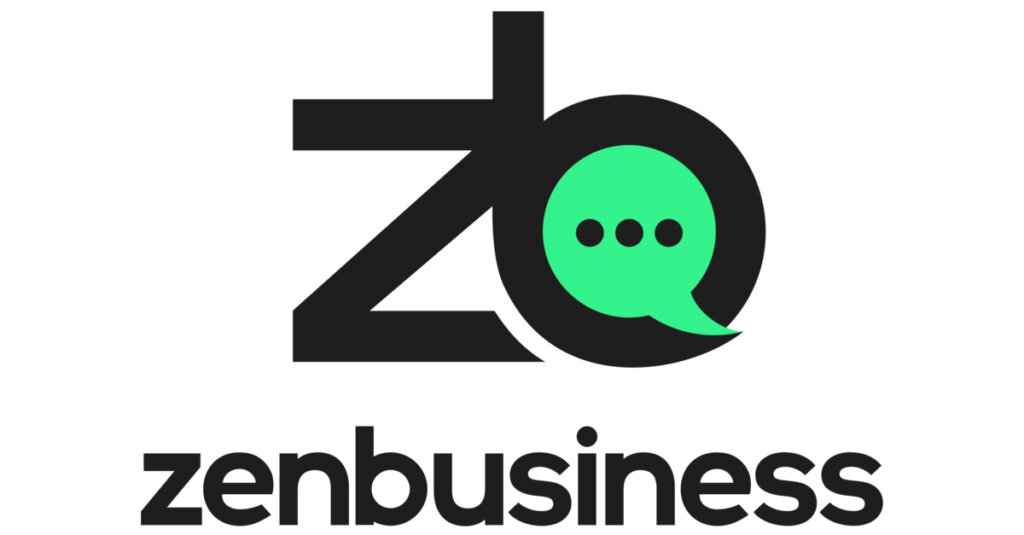
ZenBusiness is highly regarded for its quick business filing options and cost-effective incorporation services. Their customer service team is readily available to assist with any inquiries during the registration process, though it’s important to note that they do not provide legal advice.
Starting a business might seem straightforward compared to maintaining one, which is why ZenBusiness offers tools to simplify management. The company can assist with tax documentation or act as a registered agent, easing the burden on you.
Northwest Registered Agent has built its reputation on transparency and treating customers with genuine care. This company registration service is open about its pricing and emphasizes top-notch, easily accessible customer support to ensure accuracy from the outset. Additionally, safeguarding your private information is a key priority for them.
7. Find a Clothing Manufacturer
As you embark on your quest to start a clothing company, selecting the right manufacturer is crucial. It’s important to invest time in researching and thoroughly vetting your options before deciding.
Here are some tips to help you find the right clothing manufacturer.
Consider whether you want a domestic or overseas manufacturer
Opting for an overseas manufacturer might seem cost-effective, but weighing the potential downsides, such as longer delivery times and possibly compromised product quality, is important.
Get creative with your search
Start with a straightforward search on Google and explore social media platforms, such as Facebook groups. You might also discover valuable industry directories, meetups, or networking events.
After compiling a list of potential manufacturers, vet them carefully. Ask numerous questions and observe how promptly they respond. Additionally, search online for positive or negative reviews from other clothing businesses to gauge their reputation.
8. Price Your Products
To set the right price, you first need to understand your cost of goods sold (COGS), which includes material, labor, and production costs. Consider the overhead costs of running your clothing line, like warehouse rent, shipping expenses, and employee salaries.
Once you’ve calculated your operating costs, you can set a price that covers these and allows for a profit. A common approach is the keystone markup, where you double the manufacturing cost.
For example, if a blouse costs $10 to make, you could retail it for $20 or sell it wholesale for $20 and retail it in your online store for $40. However, always remember what your target audience is willing to pay. Finding the ideal price might require some trial and error.
>> Launch Your Clothing Business Today! >>
9. Begin the Marketing Process
Marketing and boosting sales are consistently cited as the top challenges for online brands across all sectors. Establishing a solid brand with a unique value proposition is crucial in the highly competitive fashion industry.
This approach helps you target your ideal customer effectively rather than wasting resources. Even with a modest budget initially, there are still plenty of ways to capture attention through innovative and organic strategies:
- Content Marketing: Engage potential customers by creating SEO-friendly videos or blog posts that drive traffic to your website.
- Email List Building: Start gathering emails before your launch. Use social media to preview your upcoming collection and offer exclusive deals to those who sign up.
- Product Lending: Loan your clothing to other businesses for their photo shoots, like beauty brands, to gain shoutouts and wider exposure.
- Influencer Marketing: Partner with rising stars on platforms like Instagram or TikTok to promote your brand.
- Loyalty and Referral Programs: Implement programs that reward loyal customers for referrals and repeat business, helping to spread the word organically.
- Collaborations: Collaborate with complementary brands to create joint collections, pop-ups, or co-promotions.
- SEO: Improve your search engine optimization skills to increase the visibility of your online store.
- Social Media Advertising: Explore various forms of social media advertising, including paid ads, promoted posts, and engaging organic content with the potential to go viral.
- Online Store Setup: Ensure your online store is robust, from handling shipping and fulfillment to managing customer service effectively. Make sure your business plan covers all these aspects thoroughly.
10. Distribute Your Products
That old saying, “Rome wasn’t built in a day,” applies just as much to launching a clothing business. In the early days, you’ll face a steep learning curve with plenty of trial and error and constant adjustments.
Go easy on yourself by setting achievable goals. Aiming for a million dollars in revenue in your first year is unrealistic, though it’s not impossible either! A more practical goal could be a 20% revenue increase each quarter during your first year.
This growth-focused objective ensures you aren’t setting financial targets that are out of reach. The same principle applies to distribution if you’re learning to launch a fashion line sold in other stores. Initially, aim to secure a few solid distribution partners, then look to expand gradually from there.
>> Start Your Clothing Business Now! >>
Start a Clothing Business – Frequently asked questions
Bottom Line – How to Start a Clothing Business
Now that you’ve got the rundown on starting a clothing business, you’re set to tackle step one! As you gear up to launch your brand into the bustling fashion world, remember to balance what sets your ideas apart with what your target customers desire.
Success in the fashion industry hinges on a robust business model, a distinct design approach, and a sharp awareness of consumer and market trends. Remember this crucial point: you won’t become a millionaire overnight.
It’s essential to continually experiment, monitor your progress, and refine anything that isn’t working. As I’ve said, it’s no walk in the park, but the rewards can be truly remarkable with the right mix of passion and dedication. You’ll never know unless you give it a shot, right?
 Sections of this topic
Sections of this topic
